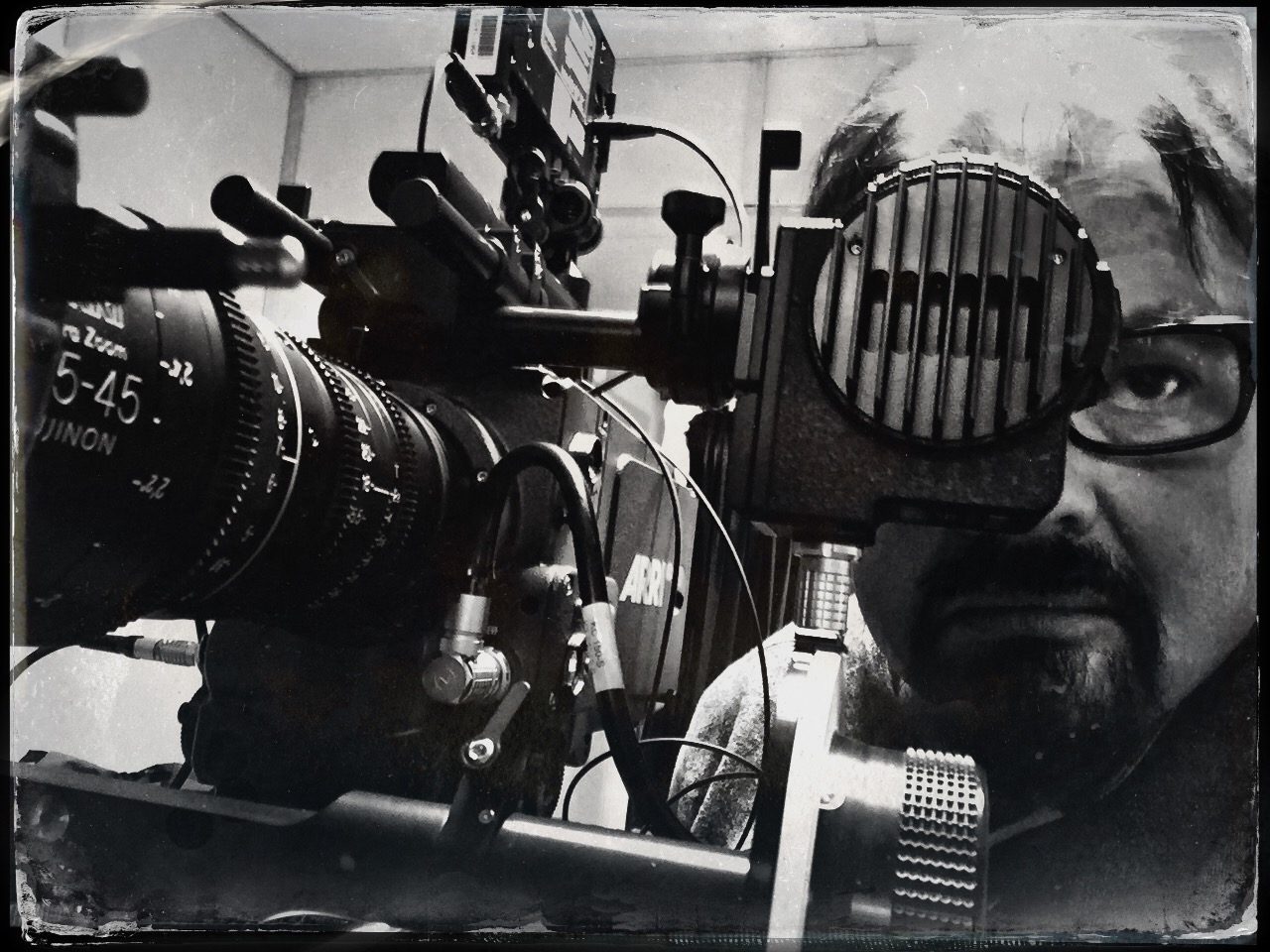the personal statement
Personal Statement
Remember these? when you began your journey into academia you had to produce a statement to supplement your application for undergraduate study and possibly for your post graduate study.
 This is about you, your personal skills and academic experience/abilities and why you have applied to study at this institution. This is important, basically you are selling yourself to the institution and it’s about how you can uniquely achieve your PhD research through your skillset and record of achievement thus far. For me this was my experience of documentary filmmaking and appropriate academic study in a film related subject.
This is about you, your personal skills and academic experience/abilities and why you have applied to study at this institution. This is important, basically you are selling yourself to the institution and it’s about how you can uniquely achieve your PhD research through your skillset and record of achievement thus far. For me this was my experience of documentary filmmaking and appropriate academic study in a film related subject.
It may certainly include some details of your research proposal but remember this isn’t the research proposal this is a personal statement. Instead think of writing about your motivation for studying for a PhD and why you have chosen this institution and potential supervisor. It may not only be your supervisor who reads this statement, admissions and possibly the interview panel may read this statement in conjunction with the research proposal.
Don’t forget to discuss a little about yourself but avoid over stating your abilities and experience, for example you cannot be an expert in anything if you have only a years experience.




